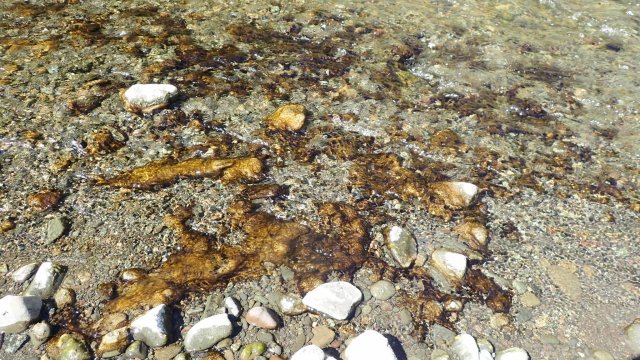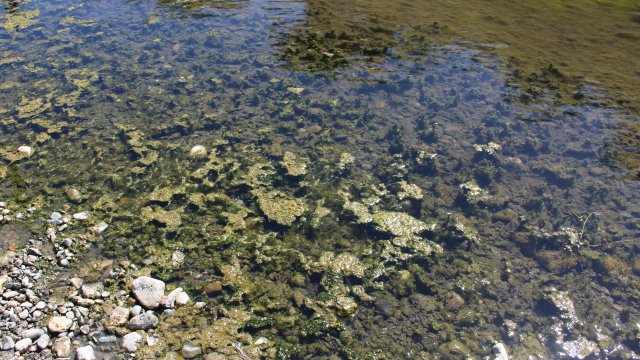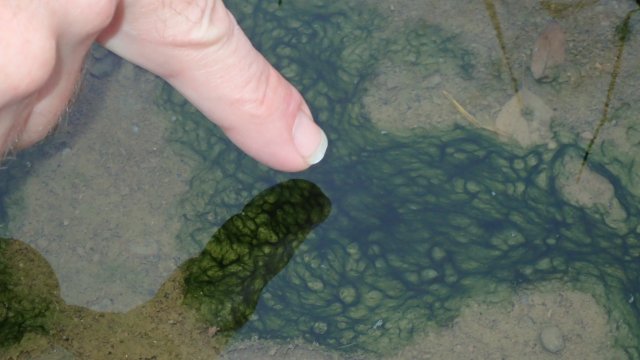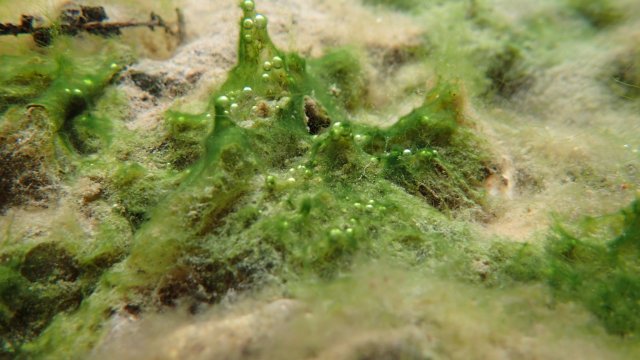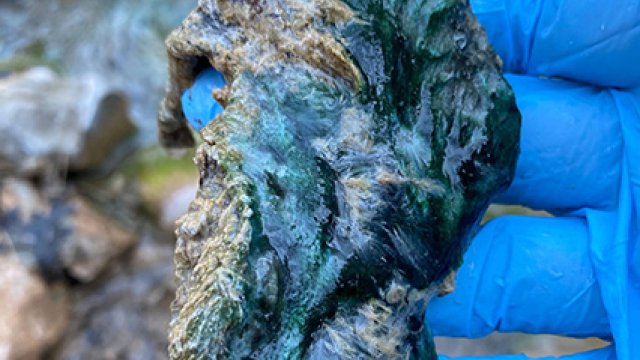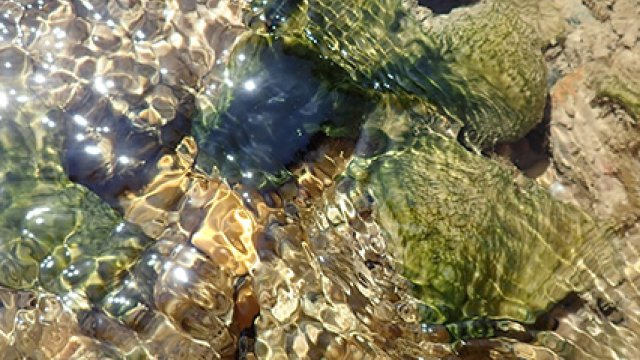What You Can Do
Harmful algal blooms are a major environmental problem across the United States. Red tides in marine waters and some cyanobacteria blooms in freshwaters are examples of HABs that can impact human health, aquatic ecosystems, and the economy.
Harmful algal blooms can produce dangerous toxins that can sicken or kill people and animals (livestock or pets), create low-oxygen or dead zones in the water, threaten people's access to water, raise water treatment costs and hurt industries that depend on clean water.
We can all take action to reduce some of the factors that allow HABs to grow and survive, learn to identify and report HABs and their associated illnesses to the appropriate agencies, and help teach others about HABs.
Help prevent HABs by reducing nutrient loading into waterbodies
Nutrients like nitrogen and phosphorus help HABs grow. Taking simple actions in your home and yard can reduce nutrient loadings into waterbodies and can make a big difference.
Volunteer to monitor waterbodies for algal blooms
You can help report suspected freshwater HABs using the Environmental Protection Agency's bloomWatch application. You can use a web-based version of the app from any handheld device or computer, or download the bloomWatch app onto your smartphone or tablet to report when and where you observe a potential cyanobacteria bloom.
The following organizations are examples of other volunteer opportunities to help monitor for HABs:
- Cyanobacterial Monitoring Collaborative – Monitoring Cyanobacteria in Lakes
- National Oceanic and Atmospheric Administration Phytoplankton Monitoring Network
- New York Citizens Statewide Lake Assessment Program
- Seneca Lake Volunteer HAB Monitoring
- University of Rhode Island HAB Monitoring
- University of Delaware HAB Monitoring
- Lake Erie Regional Science Consortium HAB Monitoring
- Kentucky Watershed Watch
- Florida Fish and Wildlife Conservation Commission Community Scientists Monitoring for Red Tide (CSMRT) Program
- Utah Water Watch HAB Squad
- Washington State Toxic Algae Freshwater Algae Bloom Monitoring Program
- Beach Watchers Washington
- California Department of Public Health Phytoplankton Monitoring Program
Report suspected HABs to your state agency
State departments of health or environment can test waterbodies to determine if an algal bloom is toxic. Many also have apps you can use to report a local suspected bloom.

Educate others about HABs and what causes them
Learn about HABs and share your knowledge! Share photos and videos provided by the EPA with others to help them identify HABs, understand associated risks, minimize their exposure and help with reporting.
Videos
- Harmful Algal Bloom Video Challenge
- Algal Blooms Can Harm Your Health
- Science safeguards drinking water from HABs
- Protect Your Pooch from HABs
Infographics
Look Out for Harmful Algal Blooms
- HABs Infographic - Detailed (pdf)
- HABs Infographic - Abbreviated (pdf)
- How to Customize EPA’s HABs Infographics (pdf)

